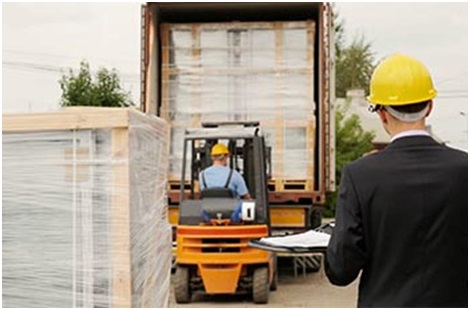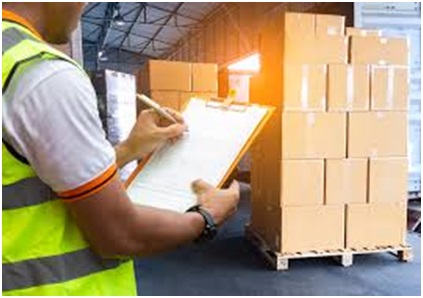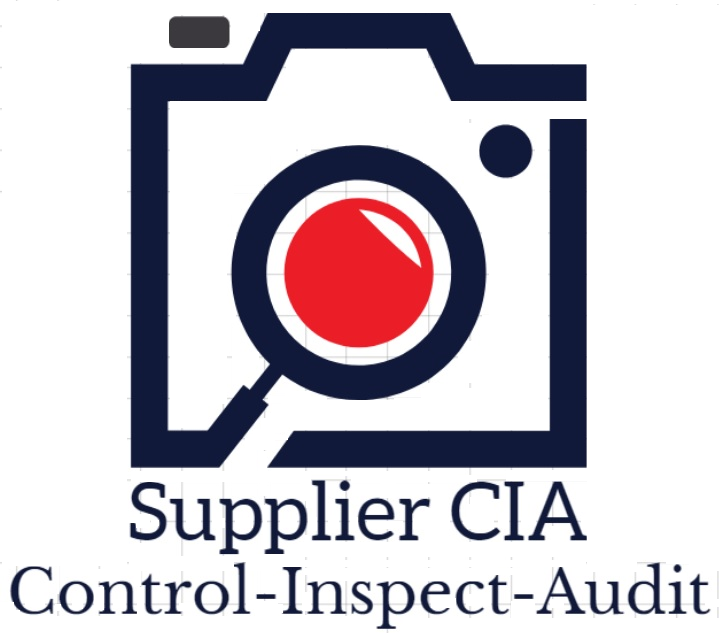
A lot of things can go wrong when a shipment is loaded in a container, or during the transport. A good solution is to send a technician conduct a container loading supervision.
The container loading inspection is not used as frequently as the final inspection, but some buyers who only perform this type of quality check. For most importers, it is reserved for the most sensitive shipments.
When to conduct a container loading inspection?
It usually takes place in the factory, when the products are loaded in a container, in the exporting country. Obviously, the whole shipment quantity should already be fully packed and palleted.
What is checked at the time of the loading of container?
1. Conformity of products: The inspector can arrive a little in advance, open a few cartons, and check if the products and the inner packing are conform to what the buyer is expecting. The objective is to ensure that the right kind of goods is shipped out. Of course he can only check a few samples of each SKU, so he might not notice if 30% of the quantity is broken. That’s why a random inspection on a higher number of samples (during production and/or after all is finished) is advised.
2. Outer packing: A quick look at the condition of export cartons is a must. The cartons might be very soft because of the wet weather, or already crushed/bulged, or not properly closed–these are all red flags for the buyer. What will cartons look like after several weeks in a container, and a few loadings/unloading in trucks and distribution centers? Packing materials might be requirement by the buyer: pallets, plastic wrap, etc. Factories are always tempted to save a few pennies on such accessories, with potentially disastrous consequences.
3. Total quantity and breakdown: The inspector can count the whole quantity easily since all packed in cartons. The number of cartons appears on the bill of lading issued by the forwarder, but this type of inspection also ensures that cartons contain the right quantity (and, if applicable, the right mix) of products.
4. The container: When the truck arrives, the inspector takes a few minutes and examines the container condition. If he sees potential leaks or other issues, he should report it immediately and ask for another container.
5. The handling and the loading process: The inspector supervises the loading. The buyer might have sent a loading plan, or some simple directives (e.g. “the heaviest cartons at the bottom”). He also makes sure the factory workers try to make all cartons fit nicely in the container not to end up pushing (and crushing) cartons with a forklift.
6. The seal: The inspector verifies that a proper seal closes the container before the products are driven away from factory. It also protects the exporter (under FOB or EXW terms), as it clarifies the responsibility of the forwarder.
When is container loading inspections the most useful?
– If the loading way absolutely has to be respected (for example, jackets placed inside a plastic film and then hung up on racks);
-If products from different suppliers are consolidated by the buyer (or his local agent) into full containers. It is important to check who brings what quantity of products;
-If the buyer does not trust his supplier at all, and is afraid that the wrong type of products will be shipped out;
-If the outer packing will be used as retail packing (a flooded container might be disastrous).
What are the drawbacks of a container loading inspection?
Container loading inspection is not a replacement for more in-depth inspections. It can only be used for confirming product quality (because nothing can be repaired at this stage, unless shipment is suspended) and for putting pressure on the factory to load properly.
If you send a third-party inspector in the factory during the loading, he cannot stop it. So finding quality issues at that time is useless.
The inspector has no authority to force the factory or the forwarder to cancel the shipment. And, even if he managed to pass a message to the buyer, the situation is generally too complex to take a decision right away. Better wait for a full report. (That’s why a final inspection is indispensable in 95% of cases. Inspector can take samples at random, out of the total ordered quantity, and can test them fully.)
A final inspection should take place at least 2 days before the ex-factory date. This way, the buyer has the time to receive the inspection report and to communicate with the supplier. It is very frequent to ask for small corrections, for example on product labeling, before authorizing shipment.
It is even better if this inspection is scheduled 10 days before the closing date. This way, there is time to take in-depth corrective actions if major issues are noticed by the inspector. However, in practice, it is often difficult to force the manufacturer to respect this timing.


